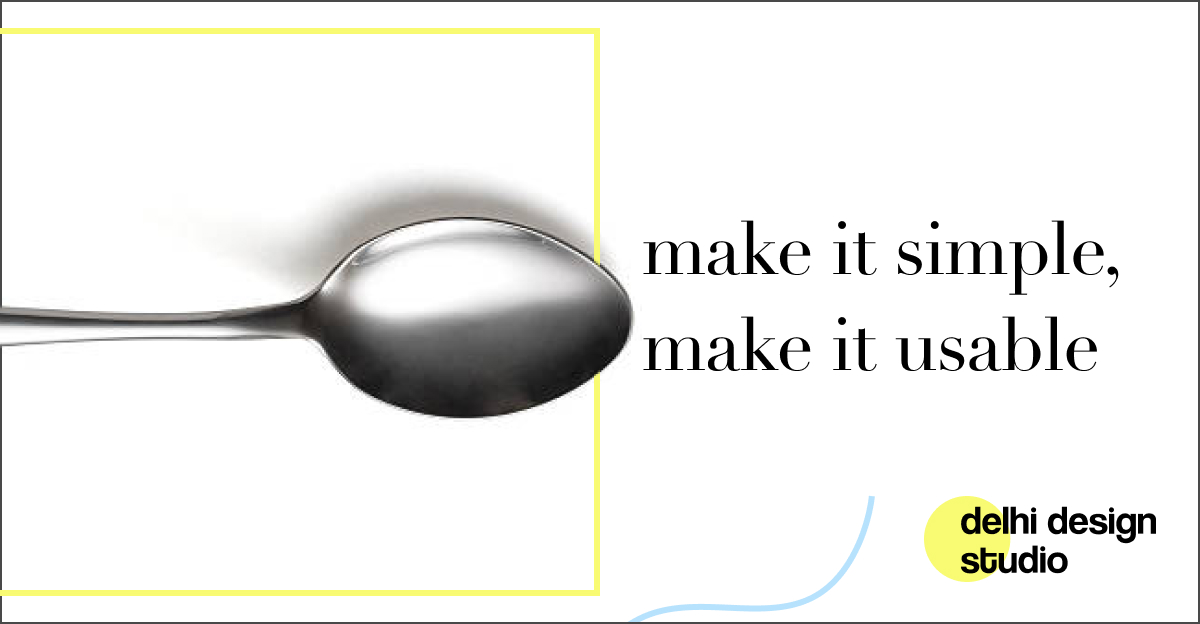
Designing with Clarity: Lessons from Simple and Usable
+ How a User-Centered Design Studio Applies These Principles Today
In today’s digital world, simplicity in design isn't just desirable—it’s essential. Users are overwhelmed with options, multitasking across devices, and looking for fast, intuitive interactions. Giles Colborne’s "Simple and Usable: Web, Mobile, and Interaction Design" distills this truth into a clear message: simpler experiences create better outcomes.
But how do we turn that principle into practice? And how do real-world product teams apply this to create standout digital products?
5 Key Lessons from Simple and Usable
1. Simplicity Is About Focus, Not Just Fewer Features
Minimalism strips things down; simplicity prioritizes what matters. In product design, that means identifying users' core goals and eliminating distractions that get in the way.
2. Use the Four Strategies: Remove, Organize, Hide, Displace
This framework helps simplify without losing functionality:
This approach is central to any effective UX design service aiming for scalable and elegant solutions.
3. Design with Real Behavior in Mind
Users don’t think in features—they think in actions. Focus on behavior-led design by aligning product experiences with real user workflows. For example, in Fintech UX design, users want clarity around transactions, not just pretty dashboards.
4. Context Defines Simplicity
What’s simple for one user might feel complex to another. That’s why user research is critical—especially in domains like EdTech and Insurance app design, where user expectations can vary drastically.
5. Test Early, Refine Often
Frequent usability testing helps identify friction points before launch. Whether creating an E-commerce platform or an MVP for a startup, this practice ensures the product stays intuitive at every stage.
Real-World Application: End-to-End UI/UX Design for Startups & Scaleups
A Delhi-based UI/UX design studio with over 15 years of experience applies these exact principles to support startups and mid-sized companies. The studio offers end-to-end product design services, including:
They specialize in domains where clarity is key:
Their philosophy echoes Colborne’s mantra: make it simple, make it usable. The team believes that every pixel should serve a purpose—and every interaction should feel effortless.